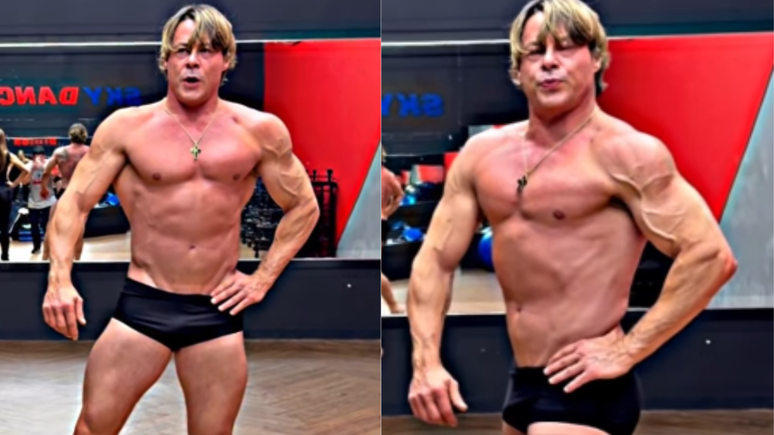We improve the quality of weakened hair using correct combing technique and a tool suitable for this purpose.
It’s no secret that thin hair needs the most delicate care, because it can suffer even during daily procedures. This includes not only washing, but also daily combing.
The Illusion of Thickness: 3 of the Most Profitable Fall Haircuts for Thin Hair
The latter must be carried out in compliance with certain rules – you will not only not injure weakened curls, but also make them noticeably thicker, stronger and stronger. Don’t forget the basics!
Thin hair often gets tangled and tangled – this is just a feature of the structure. To ensure pain-free and hair-safe combing, you will need a tool suitable for this purpose.
For those with fine hair, it is best to use wide brushes with soft boar or nylon bristles. Such combs act on the curls and scalp as gently as possible, detangling the strands without strong tension.
ADVERTISING – CONTINUED BELOW
In order not to damage thin hair when combing, you should start from the ends. If, on the contrary, you go down from the top of the head, you will only tangle the ends in small knots, which will then be extremely difficult to untangle.
Remember the main rule: first mark the parting line, and only then start combing your hair. If you don’t do this right away, you will only increase the risk of tangling and subsequent injury to the strands. And yes, it is strictly forbidden to comb fine wet hair, damage guaranteed!
Find even more interesting news in our Telegram channel!









